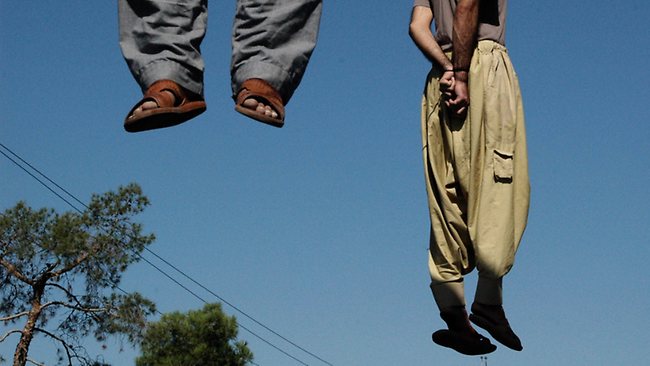This article was originally written for and published by Awat Newspaper.
The incidence of suicide in Kurdistan has been significantly increasing, especially in females and youth, over the last few years to a point that the issue can no longer be ignored. Due to insufficient documentation and lack of systemic registration, the data on suicide is scattered and very difficult to evaluate. However, despite this a scientific report conducted on the rate of suicide in South Kurdistan showed that the issue very much exists as a serious problem in the society in Kurdistan, particularly among females. The report conducted by Hanna VN and Ahmad A 2009, titled ‘Suicide in the Kurdistan Region of Iraq, state of the art’ has provided chilling evidence that suicide is one of the leading cause of death among females and youth in Kurdistan.
In general, suicide is a relatively rare act but ranks among the top 10 causes of death among western countries and has been recognised as a serious problem in many societies, in both first and third world countries. Although, the suicide rates around the world are generally increasing, official statistics almost certainly underestimate the number of actual suicides because uncertain cases are not counted mainly due to the social stigma attached, especially in the Middle East.
In countries in the Middle East, including Kurdistan, self-immolation or more commonly known as self-inflicted burning is known as the usual method of suicide attempt. Although there is no clear origin to the use of self-immolation as a method of suicide attempt it is said that it is due to the fact that fuel is easily accessible by females, also that it may be related to culture and it is seen as an aggressive method of self-harm (Hanna & Ahmad 2009).
The report shows that within 5 years, from 2001 to 2005, 930 cases of suicide attempts were recorded in Slemani alone. Within 4 years, from 2003 to 2006 a staggering 2,390 suicide attempts were recorded in Hewler. The numbers show a clear increase over the years in both provinces sampled in the report by Hanna & Ahmad (2009). Out of the samples taken in Hewler, Slemani and Duhok, the three largest provinces in South Kurdistan, 76.3% of suicide attempts recorded were female and 40% of both genders recorded were said to be under the age of 25 with the lowest age of suicide attempt recorded at only 14. About one fifth of suicide attempts recorded ended in death.
Despite insufficient documentation and common denial, due to widespread religious and social disapproval of suicide which encourages the denial of the act, the report shows alarming numbers of suicide rates, mainly among females and youth. So why are there such a large and constantly increasing number of suicide attempts? And why are females and youth the largest social groups at risk?
The report interestingly shows that relationship problems, be it with family, friends or partners, were found in 91.2% of the suicide sample and states that it was mostly with parents and husbands. It also showed that suicide rates were higher among ‘educated’ individuals rather than illiterate persons.
I believe that the greatest cause of this pandemic plaguing our women and children is due to the swift social changes in society in Kurdistan. The society in Kurdistan is feudal agricultural in origin which has been running through a rapid social transition since the first Gulf-War in 1991. The rapid social transition has allowed Kurdistan to go from a closed authoritative system to becoming a more open and democratic society. This has allowed for more openly mixing female and males social groups with an increasing availability of TV, satellite channels and internet. However, with all these changes happening so rapidly the change in mentality and parental attitude is still very much the same. The large number of females attempted suicides is due to the fact that this changing society still refuses to fully accept female’s having more freedom and making decisions. More burdens are put on females compared to that of their male’s counterparts who are enjoying their freedom with no social blame.
Another report conducted by Naish Othman (2011), ‘Suicide by Self-Burning in Iraqi Kurdistan’, demonstrates that some women set themselves on fire as a form of protest against social discrimination. The report illustrates that housewives showed the highest suicide rates among occupations; however this isn’t limited to Kurdistan. America showed that housewives in their society were also the highest occupation at risk of suicide.
In Kurdistan social factors is the greatest cause of suicide, because the social environment is characterised by sudden changes, which impair the individual’s capacity to regulate desires and aspirations. For women it has proven to be worse due to the gender discrimination they face in society. Counselling and psychiatric services need to be more readily available in Kurdistan as a means to incorporate the notion of mental illnesses like depression in society’s norm and help save our youth from committing acts of self-harm. Suicide of women, particularly by self-immolation, must be explored in the broader context of the rights of women and their situation in society.


